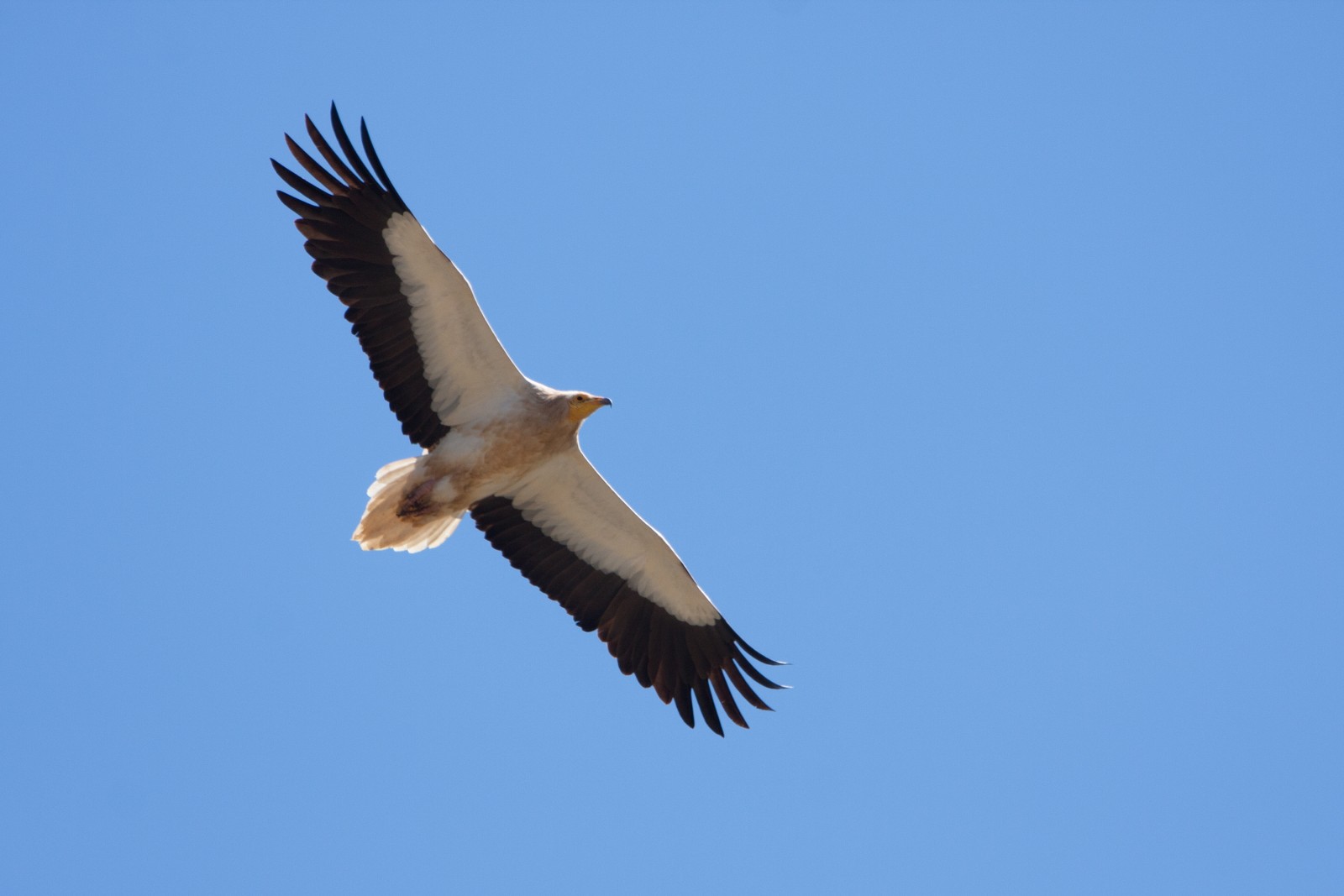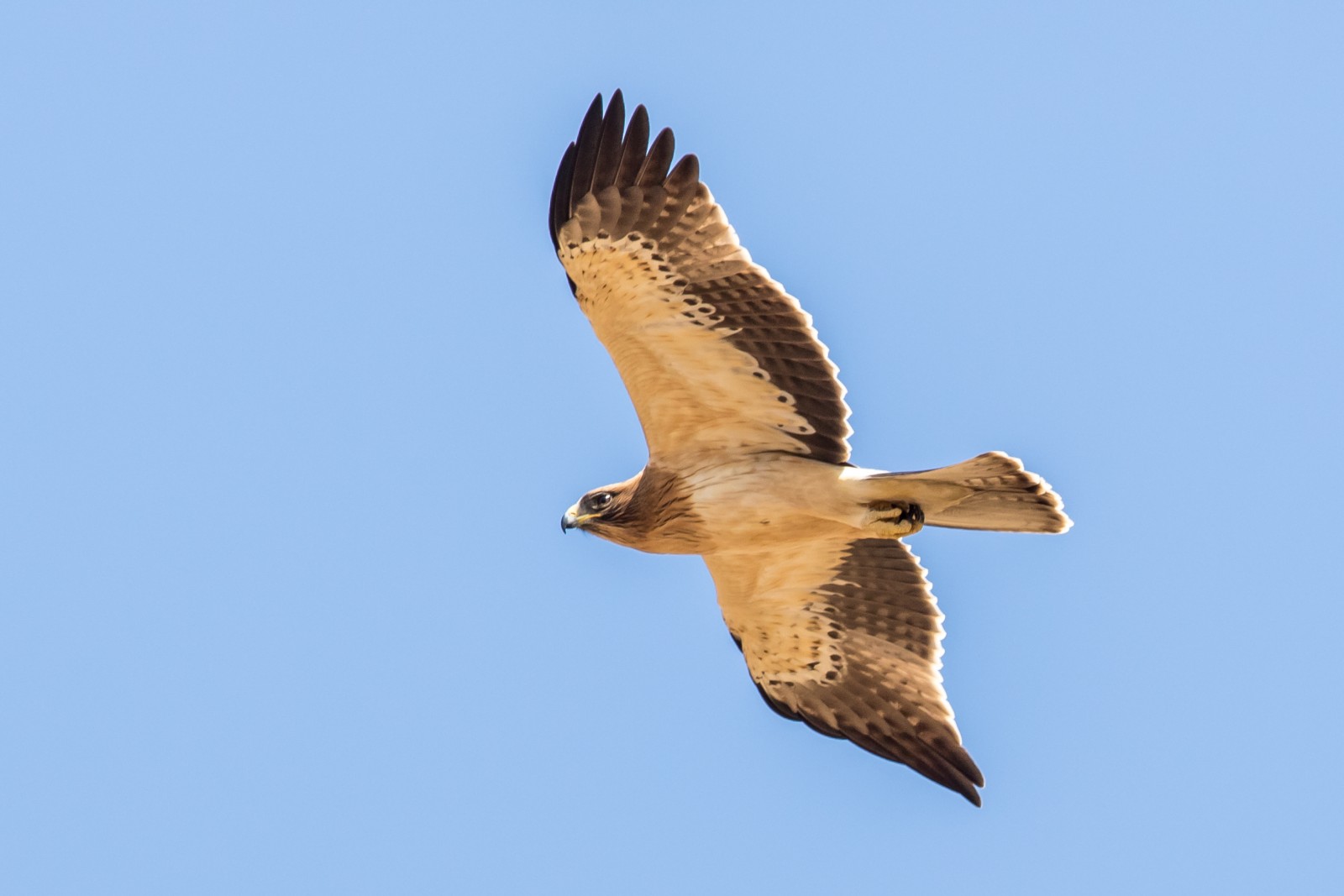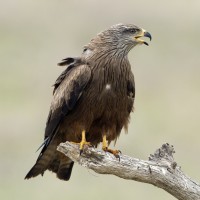Description
It has been estimated that 35-40 million birds migrate over the straits every year. Daily totals vary enormously depending on both local and more distant factors but can be staggering exceptionally involving 10,000+ Stork and more than twice as many Svartglente and Vepsevåk! In westerly winds this is the go to site to witness the mass migration of raptors and storks. However, note that the turning on track to this site is easy to miss, potentially dangerous and the track itself often poor condition so great care must be exercised when arriving at and leaving this location.
In spring the main raptor passage extends from February to early May whilst Autumn passage mainly runs from late August until October although raptors may still be present outside this period. Larger numbers pass through in autumn when exceptional numbers generally follow a period of adverse conditions locally or further north in Spain. Each species has its own period of migration which for the most frequent species this can be sumarised as follows
Stork – Spring Feb-April (peaks early March): Autumn July – Sept (peak late August) Svartstork – Spring Feb-April (peak late March): Autumn Sept-Oct (p eak late Sept) Vepsevåk: Spring Late April – May (peak Early May); Autumn August-Sept (peak Early Sept) Svartglente: Spring Feb - April (peak March); Autumn July – Sept (peak early August) Åtselgribb : Spring Feb – May (peak late March); Autumn Aug – Sept (peak early Sept) Gåsegribb : Spring Feb – June (peak early May); Autumn – Sept – Oct (peak early Nov) Slangeørn : Spring Feb – May (peak early March); Autumn – Sept – Oct (peak late Sept) Dvergørn : Spring March – May (peak late March); Autumn – Sept – Oct (peak late Sept) Enghauk : Spring April- May (peak early April); Autumn – Aug – Sept (peak late August)
Less frequent but regular species, include rare and scarce birds such as Atlas Long-legged Buzzard, Skjellgribb, Slagfalk and Eleonorafalk.
Details
Access
This site can only be accessed by turning right off the N 340 as you come from Algiceras (c2.5 km from the Venta Jose Mari near on your left at the last roundabout as you leave the vicinity of Algerciras). The tight right-angle turn onto the track is 120m from a sign for "Centro de Menores Marchenilla" which is a good signal for starting indicate right. Look for a gap in the crash barrier on your right but be aware that you may not be able turn in if someone is exiting the site and that it's not unusual to be tailgated by cars unaware of this turning. If in doubt continue until you can safely turn around and retry. The observatorio is c450m along a rough track.





